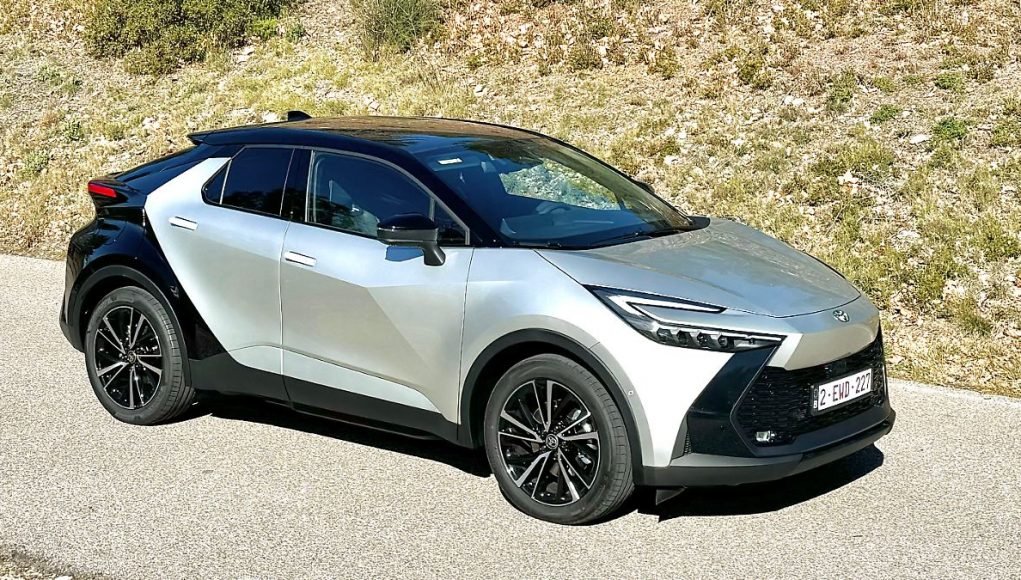Now the radically designed Toyota C-HR also comes with a connection for a power plug. Useful or unnecessary bells and whistles? ntv.de investigated the matter.
What was it like, the plug-in hybrid is supposed to be dead? However, the car manufacturers' model ranges give a different impression. And hey presto – Toyota comes around the corner with another PHEV offer. The recently released second generation of the C-HR is now available for the first time with an electric motor and combustion engine combined under the sheet metal plus an externally rechargeable battery with 13.6 kWh capacity. The result is a system output of 223 hp, which is impressive for the segment, making this C-HR the top model.
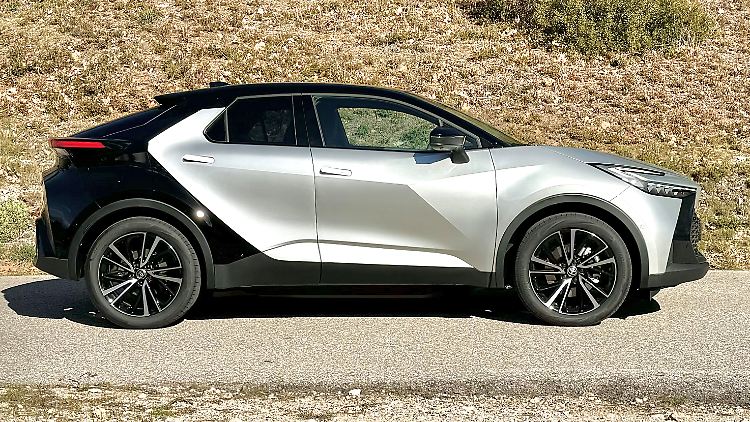

The Toyota C-HR looks unconventional, especially from the side perspective.
(Photo: Patrick Broich)
Nevertheless, the radically unconventional front-wheel drive car is not the most expensive C-HR model at 43,490 euros – it is the slightly weaker (197 hp) hybrid all-wheel drive car, which has a second electric motor for the rear axle. But battery capacity is apparently more expensive than an electric unit, because if you compare the models based on the same equipment line, the PHEV turns out to be 1,100 or 1,500 euros more expensive compared to the 4×4.
But the question still remains: In which application scenario does the externally rechargeable battery make sense? Since in the case of the C-HR there is no possibility of quickly charging the power storage unit using a CCS plug and direct current, interested parties should ask themselves where they can fill up their mobile vehicle with electricity. The battery needs at least 2.5 hours to reach 100 percent fill level again – when charged with 22 kW. In the case of alternating current, however, you will find 11 kW much more frequently in this country – and then the battery needs 3.5 hours to be full again. And when it is full, the 4.36 meter long small car can be driven just under 70 kilometers purely electrically with mixed driving style. In city traffic it is around 100 kilometers.
Anyone who produces electricity with photovoltaics at home should have a great chance of recouping the additional price of this version. By the way, technology fans will be happy about a very special function: Using geofencing, the Japanese is able to analyze routes and choose his operating strategy so that electric driving takes place in the corresponding environmental zones. However, this application only comes into play when the battery is empty, i.e. when driving hybrid.
The C-HR PHEV accelerates quickly
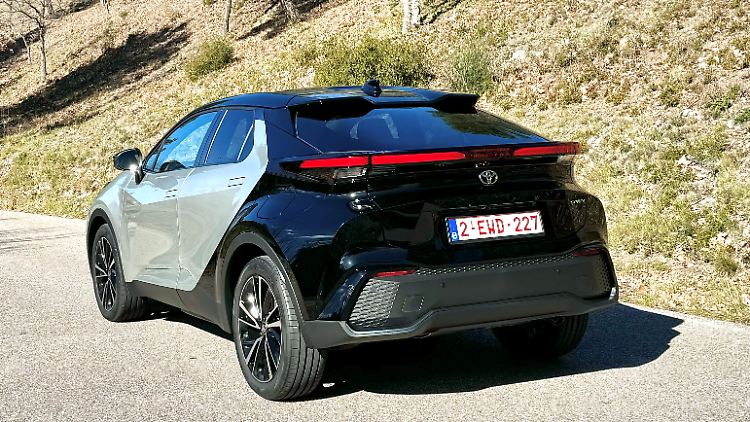

The narrow tail lights of the Toyota C-HR make an impression.
(Photo: Patrick Broich)
So much for theory. After the first few meters of practical experience, it can at least be confirmed that electric driving is relatively easy with the visually stylish Japanese. Because in contrast to some extremely powerful plug-in hybrids, the C-HR doesn't attract too much hybrid driving. Yes, it quickly sprints to 100 km/h (7.4 seconds) under full load. But the power-distributed system still generates the famous high speed. The 152 hp two-liter gasoline engine remains at a high speed as long as the right pedal sticks to the floor panel. You can do it, but it's better left alone.
It actually feels a bit more confident to operate with the 163 hp electric unit alone – that's a good thing, this fact might encourage users to charge as often as possible. And with around 15 kWh of power consumption (averaged according to WLTP), the 1.8-ton truck can be considered economical.
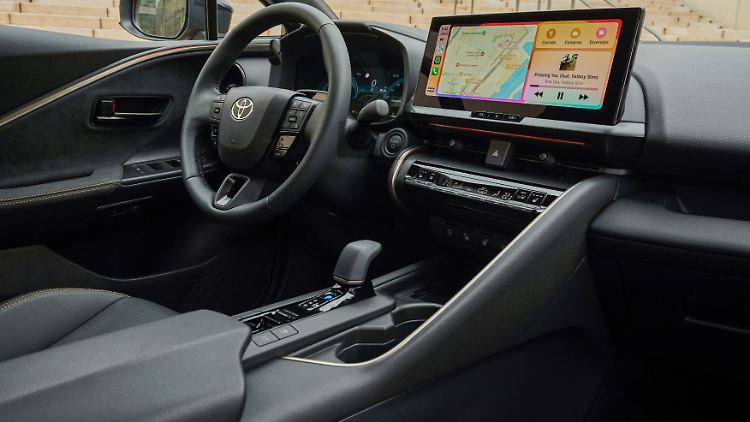

A large, central 12.3-inch touchscreen characterizes the interior design.
(Photo: Toyota)
Speaking of curb weight. You actually don't notice the Japanese's mass; rather, it appears compact and nimble. However, it tends to be more synthetic than sporty, which is fine for the segment. When in doubt, the brakes and steering simply need to be easy to operate, and that's exactly the case here. Incidentally, the small Toyota C-HR is not only easy to operate and drive (which adds to the comfort account). It also has generously sized and well-shaped armchairs on which you can relax comfortably. And in order to be able to cover long distances without hurting your back, Toyota equips all PHEV models with electric lumbar support.
Basically, the C-HR is comfortable
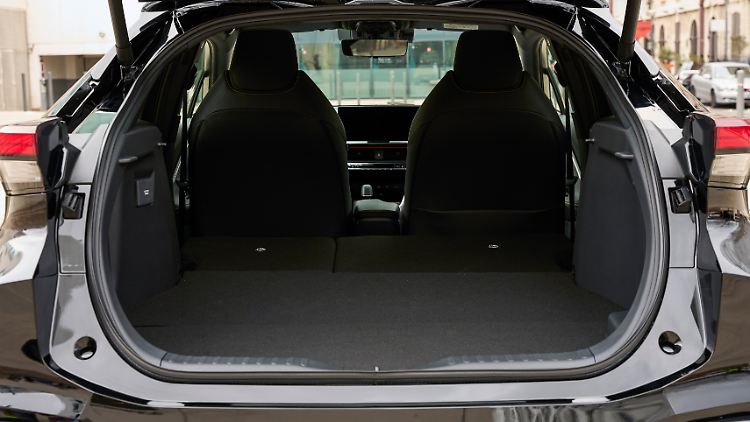

Even after folding down the rear seat back, the C-HR doesn't exactly become a loadmaster with just under 1100 liters of trunk volume.
(Photo: Toyota)
And again on the topic of comfort. Toyota actually avoids using components from suppliers outside the group as much as possible, but this time the Toyota, developed and manufactured in Europe, is using an innovation from Zahnradfabrik Friedrichshafen (ZF). We are talking about so-called frequency-selective attenuation. In this system, valves change their flow opening depending on the excitation caused by the road surface (i.e. whether it is wavy or smooth asphalt) in order to change the damper hardness. Well, basically the C-HR with the large battery also makes a more comfortable than wiry impression. This also fits with his general nature.
And otherwise? New or revised assistance systems are intended to improve active safety. The C-HR is also supposed to recognize obstacles on a road into which the vehicle turns – at least that's what the press release says.
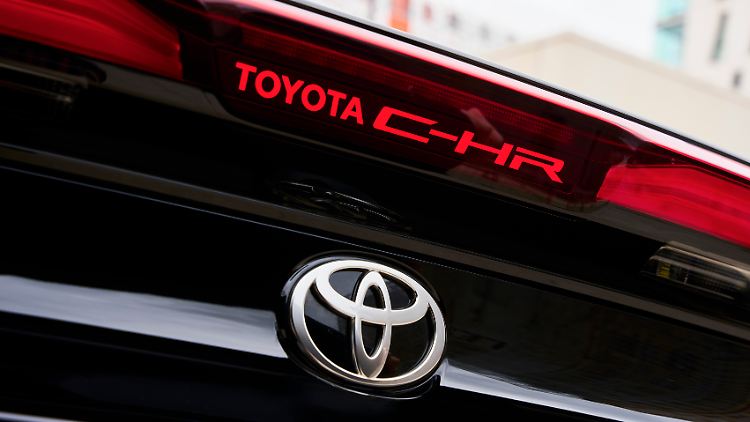

Very trendy: more and more car manufacturers are giving their models illuminated emblems or lettering.
(Photo: Toyota)
Honestly? I think the Toyota is overdoing it with its beeping that is difficult to turn off. At least the most intrusive warning signals can generally be switched off (the speed alarm, however, is more the fault of the European Union). However, this is done fiddly using the menu buttons on the left side of the steering wheel. But please don't let that discourage you, especially since intrusive assistance is not a problem specific to Toyota.
And: The C-HR also gives adult children a good reason to buy! The ambient light can shine in 64 different colors. And following the trend, the Japanese is able to make an emblem placed on the outside shine depending on the setting. Namely the C-HR lettering in bright red.



















